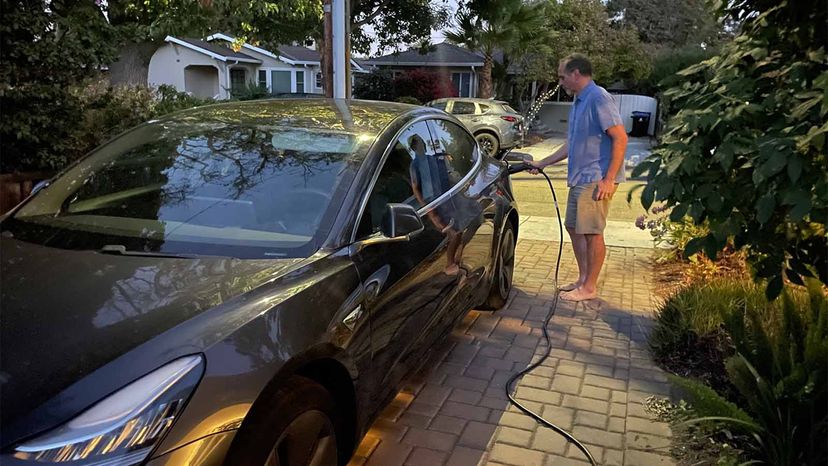
Meanwhile, the Stanford study researchers say one possible way to reduce the pull on the grid could be to have drivers of EVs shift their charging times. Currently most drivers charge their cars at home overnight, according to the study. If, instead, they charged during the day at public charging stations at work for instance, the U.S. would need less electrical generating capacity and storage.
The Mercedes-Benz charging stations will mostly be located near motorways, major intersections and in metropolitan areas, though there’s no indication they will be convenient to overnight charging like the Stanford study suggests. But Mercedes says the stations will be equipped with surveillance cameras and other measures for safe charging at all times.
The stations will be open to all EVs, too, but Mercedes-Benz owners will have access to exclusive features, including hands-free payment options and the ability to pre-schedule particular charging hubs. The hubs also will have built-in data contacts that interface with the Mercedes EV’s charging ports to allow drivers to automatically charge the electricity fees to their preferred payment methods.
“[These options] contribute to the experience, right? I think for Mercedes, it’s commercially a very good idea,” Fernandes says. “The biggest thing really is [energy] distribution. When you’re building out the charging infrastructure to this level, what are those grid usage profiles going to look like? When you look at the market dynamics, getting into supply chain and system costs, it’s really global EVs that are driving everything right now.”





